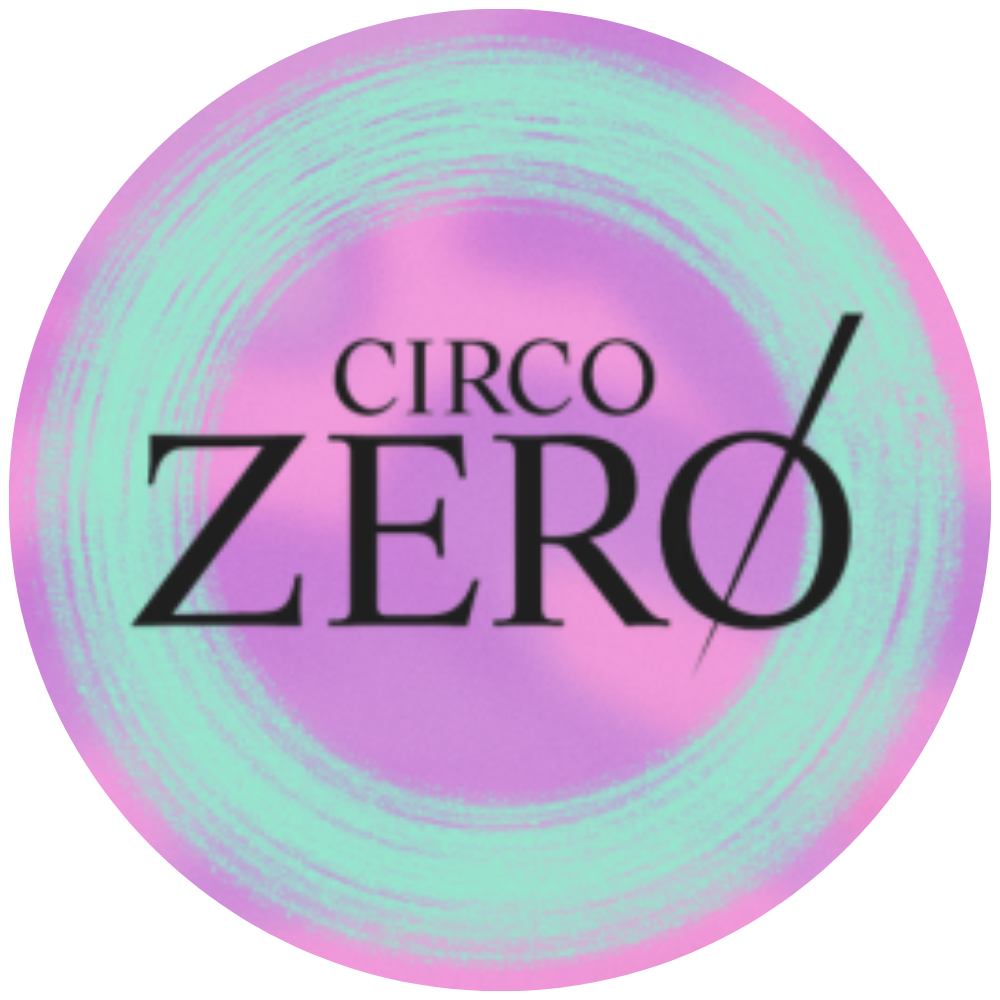Keith Hennessy in collaboration...
MAKING DELINQUENT
A journal and archive of the making of a performance called Delinquent.
Introduction
Delinquent was conceived and directed by Keith Hennessy, and created in collaboration with the performers Constance Castillo, Jeremie Chetrit, Dawon Davis, Trae Greer, Meghan Milam, Tracy Piper, Nestor Reyes, Jorge Rodolfo De Hoyos, Omar Turcios. Additional collaborating artists included Max (lights), Matt Jones (sound), April Rodriguez (onstage manager), and set designer/builders Rigo 23, Ryon Gesnick and Tom Sepe.
Delinquent was presented at Yerba Center for the Arts, Nov 11-13, 2009, as part ofBay Area Now. All three performances were sold out and approximately 750 people experienced the event. The project was co-produced of Circo Zero Performance, project managed by Sonya Smith, and fiscally sponsored by CounterPULSE.
This archive includes components required for my Practice-As-Research Portfolio towards a PhD in Performance Studies at UC Davis: the rehearsal journal, a critical essay Delinquent Rhetoric, and links to photo and video documentation.
It also includes the score, the script, excerpts from research, grant proposals, promotional materials, director’s statements, a personal essay, bios of the artists, and responses to the work by the cast, audience, UCD colleagues, and press.
Apologies for posting only some of the material listed in the index here. By the end of 2017 this archive of Making Delinquent will be complete with all links active.
Welcome to the Delinquent archive!
Diana Taylor distinguishes the archive (text, documentation, bones) from the repertoire (ephemera, orality, dance). This archive introduces objects – mostly written - to re-member the repertoire that was Delinquent. Performance is ephemeral. It evaporates. Like a meal, performance can be prepared quickly, improvised, using whatever is at hand, or it might require extensive preparation and planning. And like that meal, after it’s been experienced, we can never fully document or describe what it was. An archive of properties, tools, costumes, texts, reviews, photographs, video, and critical analysis might remain, but the breath or life of the performance is gone. Or is it? If an object can have presence, then why not an archive? What is the relationship of the archive’s presence to the performance? Peggy Phelan writes that performance realizes itself only in its death, when it’s over. What is the presence or breath of that realization?
With these questions and more I present this archive. Of course it’s all the stuff that isn’t written down, or even remembered, that made the project amazing. How to document the glances, the laughter, the gut hurting anxiety when some people continually missed rehearsal and the heavy dread that it would never come together, the shame of coming to rehearsal unprepared because I didn’t know what to do or hadn’t found the time to reflect since the previous rehearsal, the simple joys of eating together or feeling that the cast was becoming an ensemble and really starting to care about each other and even more, caring for the group work, the thing that we were making? How to document Constance’s relentless thrill at being a part of something, her intense curiosity and engagement with everything? How to document Nestor’s drive to climb the rope, write several epic poems, be part of a sharp hip hop dance, and more? How to document the sweet and awkward ways that people who really wouldn’t be meeting anywhere else, moved a little closer to each other? How to document the ways that the younger cast impressed and inspired the older cast? How to document the many subtle and direct ways that people with particular confidence, or skill or experience supported someone else, both in rehearsal and in performance? How to describe the spatial relationship between dancers in the moment that they walk past each other on stage? How can I archive the space between social positions? Between Meghan and Omar when they recount their stories of what happens after they leave rehearsal? Yes it’s happening with these questions, but there were feelings, vibrations, energies between and around us, especially from late August to mid November 2008, where our lives, our every day lives outside of the project, were different because of Delinquent. And not randomly different, but a qualitative positive difference, an improvement, an enhanced curiosity, imagination, and engagement. We were more engaged with the shit and wonder around us while finding a creative and collaborative language to respond. That’s a good ending, so I’ll restate it, and again welcome you to the archive.
While making Delinquent we were more engaged with the shit and wonder around us while finding a creative and collaborative language to respond.
